Notebook
-
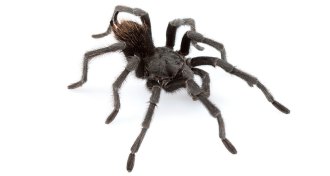 Animals
AnimalsMeet the tarantula in black
Named for Johnny Cash, a new species of tarantula makes its home in the shadow of Folsom Prison.
-
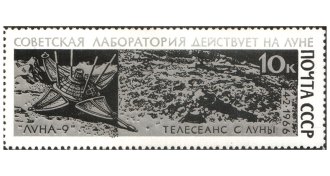 Science & Society
Science & SocietySoviets nailed first landing on moon
The first spacecraft to safely land on the moon touched down on the lunar surface in 1966.
-
 Paleontology
PaleontologyPlesiosaurs swam like penguins
Computer simulations of plesiosaur swimming motion may resolve long-standing debate on how the marine reptile got around.
-
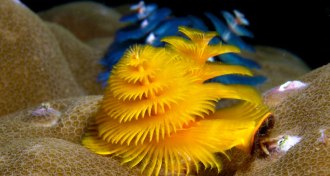 Animals
AnimalsChristmas tree worms have eyes that breathe, gills that see
Christmas tree worms and other fan worms have improvised some of the oddest eyes.
By Susan Milius -
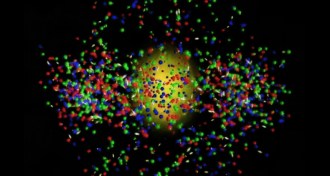 Physics
PhysicsEarly quark estimates not entirely realized
Decades of research have shed a little light on quarks, the mysterious building blocks of atoms.
-
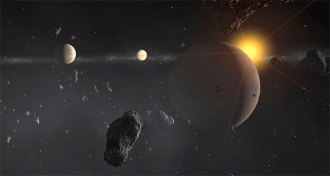 Astronomy
AstronomyThe votes are in: Exoplanets get new names
Arion, Galileo and Poltergeist are just three winners of a contest to name planets and suns in 20 solar systems.
-
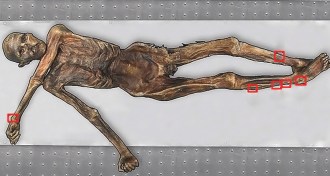 Anthropology
AnthropologyIceman has the world’s oldest tattoos
A more than 5,000-year-old European mummy gets his tattoos confirmed as world’s oldest.
By Bruce Bower -
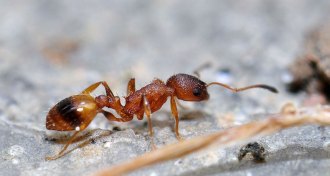 Animals
AnimalsAnts don’t make decisions on the move
Worker ants stand still while processing environmental cues and planning their next moves, a new study suggests.
-
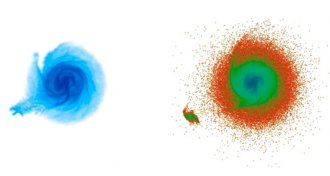 Astronomy
AstronomyClues left at a galactic hit-and-run
Scientists may have discovered a dwarf galaxy that triggered a “galaxy quake” when it buzzed by the Milky Way a few hundred million years ago.
By Andrew Grant -
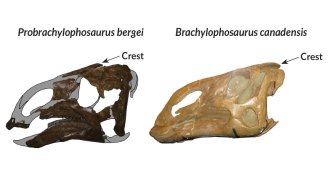 Paleontology
PaleontologyFossils provide link in dino crest evolution
Fossils from a newly identified duck-billed dinosaur in Montana could explain how their descendants developed flamboyant nose crests.
-
 Earth
EarthSuccession of satellites keep eye on Earth
50 years after plans were laid for the first Earth-observing spacecraft, the youngest Landsat satellites are still flying and imaging the planet’s surface.
-
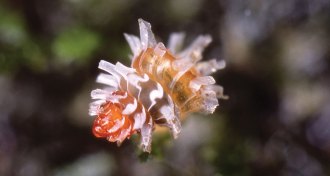 Animals
AnimalsThe fine art of hunting microsnails
Flotation, tact and limestone all prove vital to the quest for microsnails.
By Susan Milius